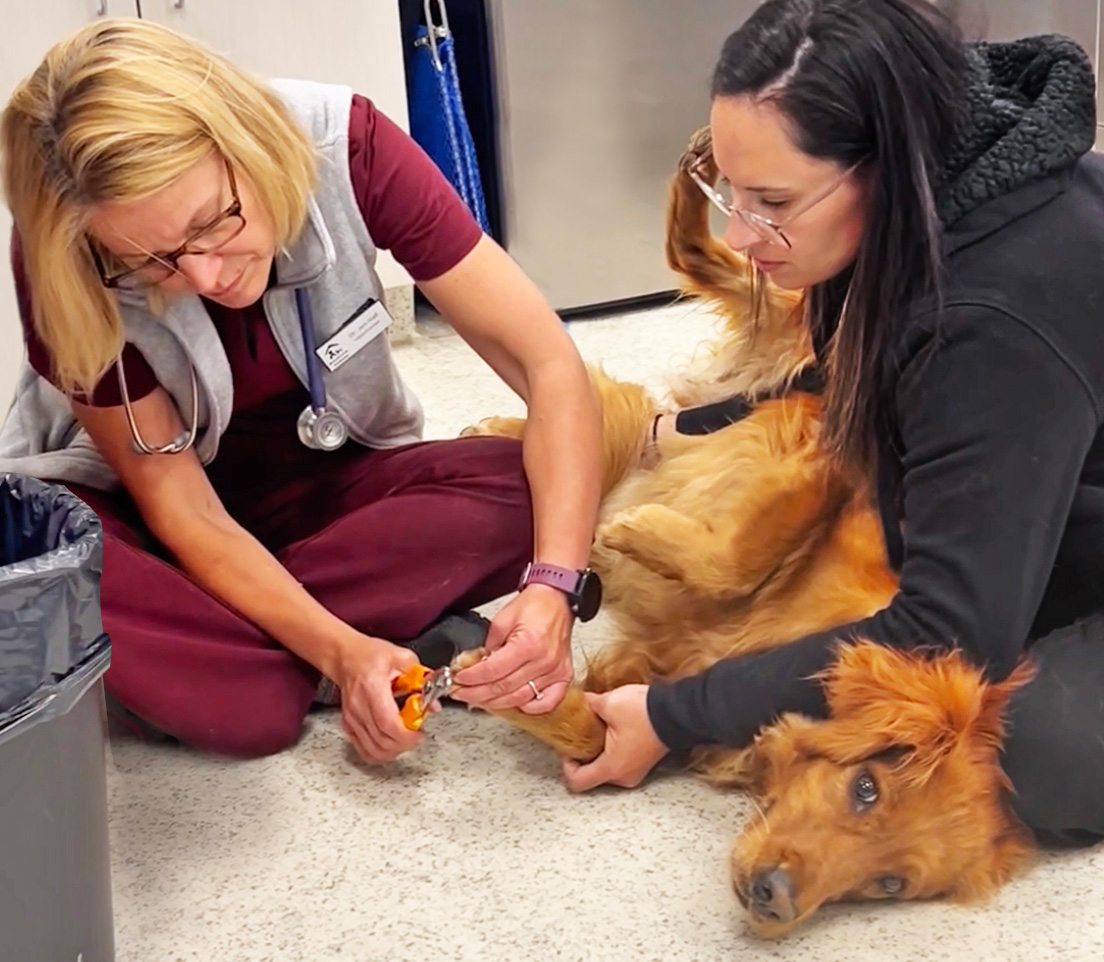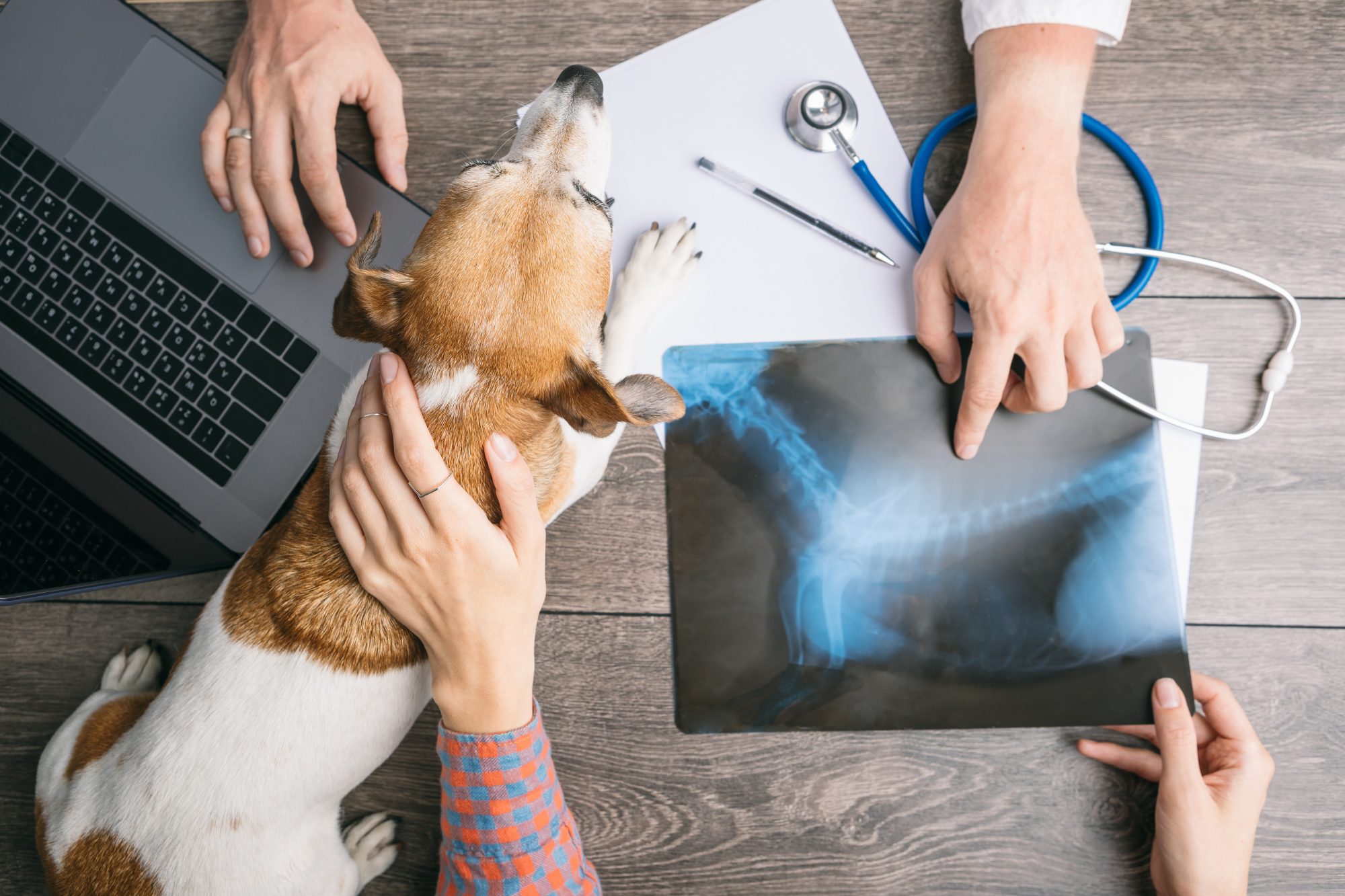Post-Op Recovery Guide After Your Dog’s tplo surgery
Post-Op Recovery Guide After Your Dog’s tplo surgery
Blog Article
Everything About Veterinarian Surgical Procedure: Comprehending the Importance of Expert Take Care Of Your Family pets
Veterinary surgery is a critical part of family pet health care. It includes numerous treatments, from regular elective surgeries to urgent treatments. Understanding the intricacies of these surgical procedures can assist family pet proprietors make informed choices. The preparation, execution, and recuperation stages are vital for making certain the health of animals. With proper knowledge, owners can navigate the complexities of vet treatment. What aspects should be taken into consideration prior to a family pet undergoes surgical treatment?
Kinds Of Vet Surgeries
When a pet needs surgical intervention, recognizing the various types of veterinarian surgeries can aid pet owners make educated decisions. Veterinary surgeries can be generally categorized right into three major kinds: optional, urgent, and emergency surgical treatments. Elective surgical procedures, such as spaying or neutering, are prepared treatments that are not right away dangerous. Urgent surgeries, like those for international body elimination, should be performed quickly yet are not lethal in the minute. Emergency surgical treatments, such as those resolving serious trauma or inner blood loss, are vital and call for prompt attention.Additionally, surgeries can vary in complexity, varying from minimally invasive laparoscopic procedures to a lot more substantial open surgeries. Each sort of surgical treatment carries its very own risks and healing procedures. Comprehending these groups enables family pet owners to take part in significant discussions with vets, bring about much better end results for their precious pets.
Planning for Your Pet dog's Surgical treatment
Planning for an animal's surgery involves a complete checklist to ensure all essentials are covered. Reliable interaction with the veterinarian is essential for recognizing the treatment and any kind of necessary pre-operative steps - canine tplo surgery. In addition, having clear post-operative treatment guidelines will aid owners offer the very best assistance for their recouping family pets
Pre-Surgery Checklist Fundamentals
Assuring a smooth surgical experience for an animal requires cautious prep work and attention to detail. A pre-surgery checklist is vital for family pet proprietors to follow. First, verifying the scheduled surgery day and time is crucial. Proprietors ought to also validate that their animal has fasted according to the vet's instructions, generally for 8-12 hours before surgery. Collecting essential clinical records, consisting of vaccination background, is necessary for the vet's testimonial. It is likewise recommended to prepare a comfy space at home for the animal's recovery after surgical procedure. Proprietors need to have a plan for transport to and from the vet center, making certain that the animal is safe and secure and comfy throughout the journey. Following these actions can considerably boost the medical experience.
Interacting With Your Vet

Reliable communication with the vet is necessary for a successful medical experience for pets. Owners must be prepared to discuss their pet's case history, including any kind of pre-existing conditions, medications, and allergies. This information aids the veterinarian assess threats and tailor the medical strategy as necessary. Additionally, pet owners ought to ask inquiries concerning the procedure, anesthesia, and anticipated outcomes to assure they completely recognize the procedure. Making clear any kind of questions can relieve anxiousness for both the pet and the owner. It is also crucial to communicate any kind of behavioral modifications or problems observed in the pet leading up to the surgical procedure. Eventually, clear discussion cultivates trust fund and cooperation, making sure that pet dogs obtain the very best feasible treatment during their medical journey.
Post-Operative Treatment Instructions
After discussing the operation with the vet, pet proprietors ought to concentrate on post-operative care directions to facilitate a smooth recovery for their pet dogs. These guidelines usually include checking the surgical site for indicators of infection, such as redness or discharge. Family pets might need to be maintained calm and confined to stop too much movement that can disrupt recovery. Pain administration is vital, so owners ought to comply with the vet's advice on providing medicines. Additionally, dietary restrictions may be recommended to stay clear of stomach distress. Routine follow-up consultations are necessary to ensure proper recovery and deal with any issues. By sticking to these post-operative care instructions, animal owners can significantly add to their family pet's healing and overall well-being.
The Surgical Process Explained
The surgery for pet dogs encompasses important actions that ensure their security and healing. Pre-surgery prep work are necessary for minimizing dangers, while post-operative treatment standards play an essential role in advertising recovery. Recognizing these parts aids family pet proprietors navigate the surgical experience more properly.
Pre-Surgery Preparations
Before a pet goes through surgery, a number of essential prep work must happen to ensure a secure and successful procedure. First, a comprehensive veterinary examination is vital to examine the animal's total wellness and recognize any kind of potential dangers. This might consist of blood examinations, imaging, or various other diagnostics. The vet will additionally talk about anesthetic alternatives customized to the pet dog's particular demands. In addition, pet dog owners are typically instructed to withhold food and water for a specified time prior to surgical procedure to lessen the risk of problems throughout anesthesia. It is necessary for owners to provide a total medical background, including any kind of medications or allergies, making sure the surgical group has all necessary details. Correct communication and adherence to pre-surgery standards can considerably enhance the outcome of the treatment.
Post-Operative Care Standards
Proper post-operative treatment is essential for making certain a pet dog's recovery following surgical treatment. After the procedure, pet dogs need to be checked carefully for any kind of indicators of problems, such as excessive blood loss, swelling, or unusual behavior. It is vital to adhere to the vet's directions concerning drugs, consisting of painkiller and antibiotics. Pets need to be maintained in a peaceful, comfortable environment to minimize stress and advertise healing. Restricting task is essential; short, leashed strolls may be needed, but jumping or running ought to be avoided. Routine follow-up consultations need to be scheduled to assess the recovery procedure. Additionally, the medical site needs to be kept tidy and dry, with any indications of infection reported to a veterinarian immediately. Following these standards improves recovery outcomes.
Anesthesia and Pain Management
Reliable anesthetic and pain administration are important elements of vet surgical treatment, making certain that animals stay comfy and safe throughout the procedure. Veterinarians assess each pet dog's private demands, considering factors such as age, weight, wellness condition, and the kind of surgical treatment being performed.Anesthesia methods typically consist of a mix of pre-anesthetic medicines, induction agents, and inhalant anesthetics, permitting specific control over the pet's degree of consciousness. Monitoring throughout surgical procedure is essential; vets continuously observe vital indicators to attend to any kind of possible difficulties promptly.Pain administration methods may involve opioids, non-steroidal anti-inflammatory drugs (NSAIDs), and local anesthetics, customized to the pet dog's particular circumstance. This diverse approach aids lessen pain and promotes a smoother medical experience. By focusing on efficient anesthetic and pain find here administration, veterinary experts boost the total welfare of animals going through medical treatments, guaranteeing they get the highest possible requirement of treatment.
Post-Operative Care and Recovery
Following surgical treatment, the focus changes to post-operative care and healing, which is important for guaranteeing a family pet's risk-free go back to regular activities. During this period, pets need a quiet, comfortable atmosphere to aid recovery. Owners should very closely check their animals for any type of signs of discomfort or uncommon behavior.Veterinary standards typically include specific directions connected to medicine administration, injury care, and nutritional adjustments. It is vital to abide by these suggestions to decrease complications and promote healing. Pet dogs may need to be limited from energetic activities, such as running or jumping, throughout their healing period (tplo surgery).Regular follow-up consultations with the veterinarian enable for tracking of the pet dog's development and prompt changes to the treatment strategy. Offering psychological assistance and companionship can also enhance a pet's recovery experience, aiding to minimize stress and stress and anxiety. Overall, diligent post-operative care plays a substantial function in this link accomplishing a successful recuperation
Acknowledging Difficulties After Surgery
How can pet owners identify issues after surgical treatment? Recognition of particular indicators is important for making certain the well-being of animals during recovery. Typical indications consist of too much swelling, inflammation, or discharge at the medical website, which might signify infection. Additionally, relentless discomfort, indicated by whimpering or unwillingness to move, ought to prompt immediate attention. Changes in cravings or water intake can likewise indicate difficulties; a decrease in these habits may signify pain or distress.Moreover, pet owners ought to monitor their family pets for any type of unusual actions, such as lethargy or problem breathing, as these can be indications of major issues. Throwing up or diarrhea adhering to surgical treatment may require immediate veterinary evaluation. Acknowledging these issues early can significantly influence a pet dog's healing process, highlighting the relevance of vigilance and timely interaction with a veterinarian for any kind of worrying signs and symptoms.
The Duty of Veterinary Specialists in Surgical Care
Vet specialists play an essential duty in ensuring the security and success of surgeries for pets, particularly complying with surgery when checking and treatment are paramount. These specialists consist of veterinarians, vet service technicians, and support staff, all of whom add specialized abilities to the medical process.Before surgical treatment, veterinarians conduct complete analyses to examine the animal's wellness, making certain that any kind of hidden problems are handled. During the procedure, the surgical group gives anesthesia, maintains sterile atmospheres, and checks key indications, very important for reducing risks.Post-operative care is similarly significant; vet professionals observe for complications, take care of discomfort, and guide owners on healing techniques. Their expertise allows them to recognize early indicators of distress or infection, guaranteeing timely intervention. Ultimately, the collective initiatives of vet specialists in medical treatment foster a secure environment, advertising the health of family pets throughout the medical trip.

Regularly Asked Inquiries
Exactly how Do I Pick the Right Vet Doctor for My Pet dog?
Picking the best veterinary cosmetic surgeon includes investigating qualifications, reading reviews, and assessing the center's atmosphere. It is important to show on the cosmetic surgeon's experience with certain treatments and their communication style when deciding.
What Prevail Misconceptions About Vet Surgeries?
Typical mistaken beliefs concerning vet surgical treatments consist of beliefs that they are always risky, unnecessary, or for emergency situations. Many pet proprietors undervalue the advantages of preventative treatments and the ability involved in vet medical treatment.
Just How Much Will My Animal's Surgical procedure Cost?
The expense of a pet dog's surgical treatment can vary considerably based upon factors such as the sort of procedure, the vet's experience, and geographical place website here (veterinary cardiologist near me). Usually, expenditures range from a few hundred to numerous thousand dollars

Can My Pet Dog Consume Prior To Surgical Treatment?
Before surgical treatment, it is normally suggested that pet dogs avoid from eating for a details period. This fasting assists decrease the danger of issues during anesthesia. Owners should consult their veterinarian for precise directions customized to their pet's requirements.
What happens if My Animal Has Pre-Existing Health Conditions?
When a pet dog has pre-existing wellness conditions, it's essential for the vet to assess these elements prior to surgery. This evaluation guarantees suitable preventative measures are taken, decreasing risks and enhancing the family pet's total safety throughout the treatment.
Report this page